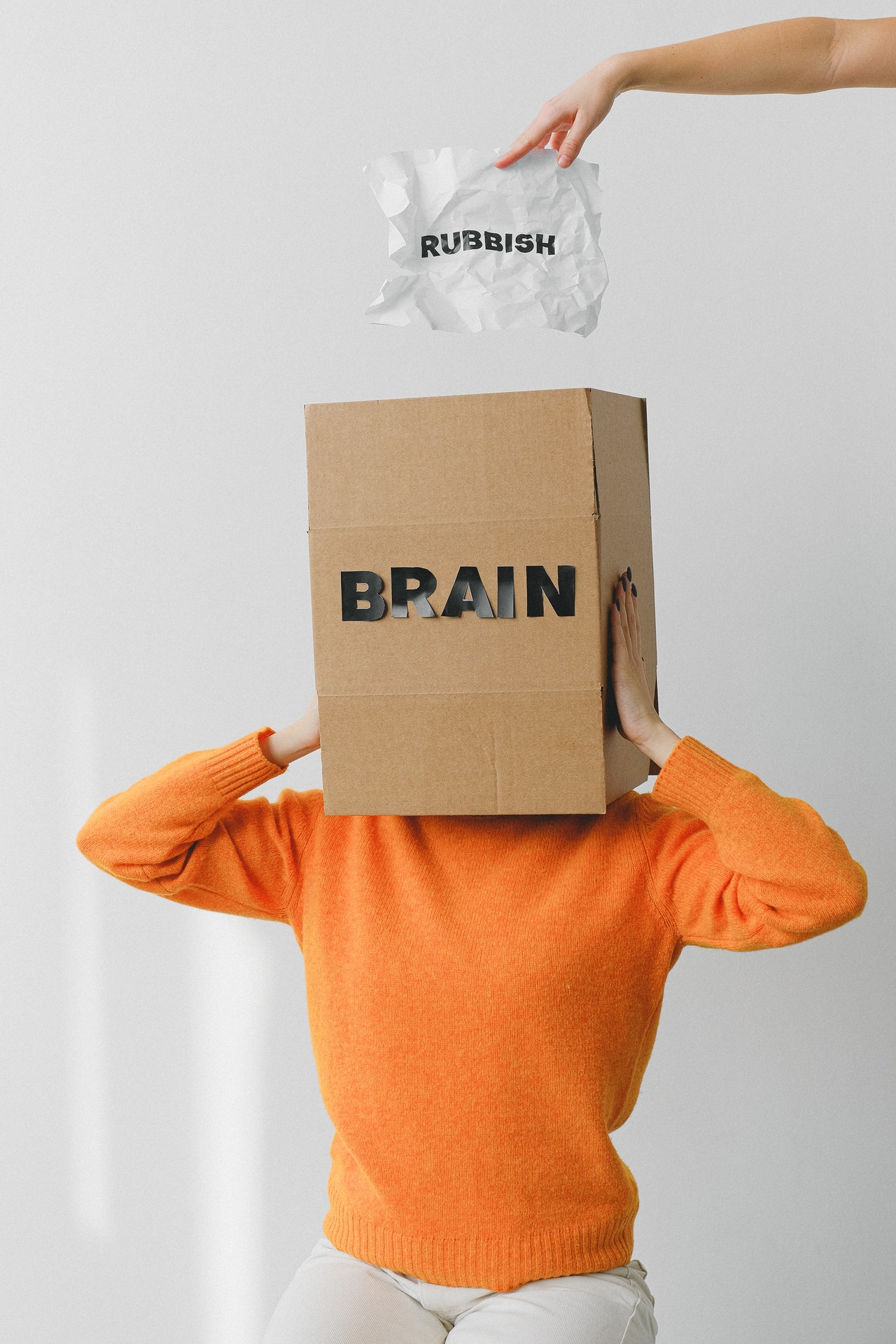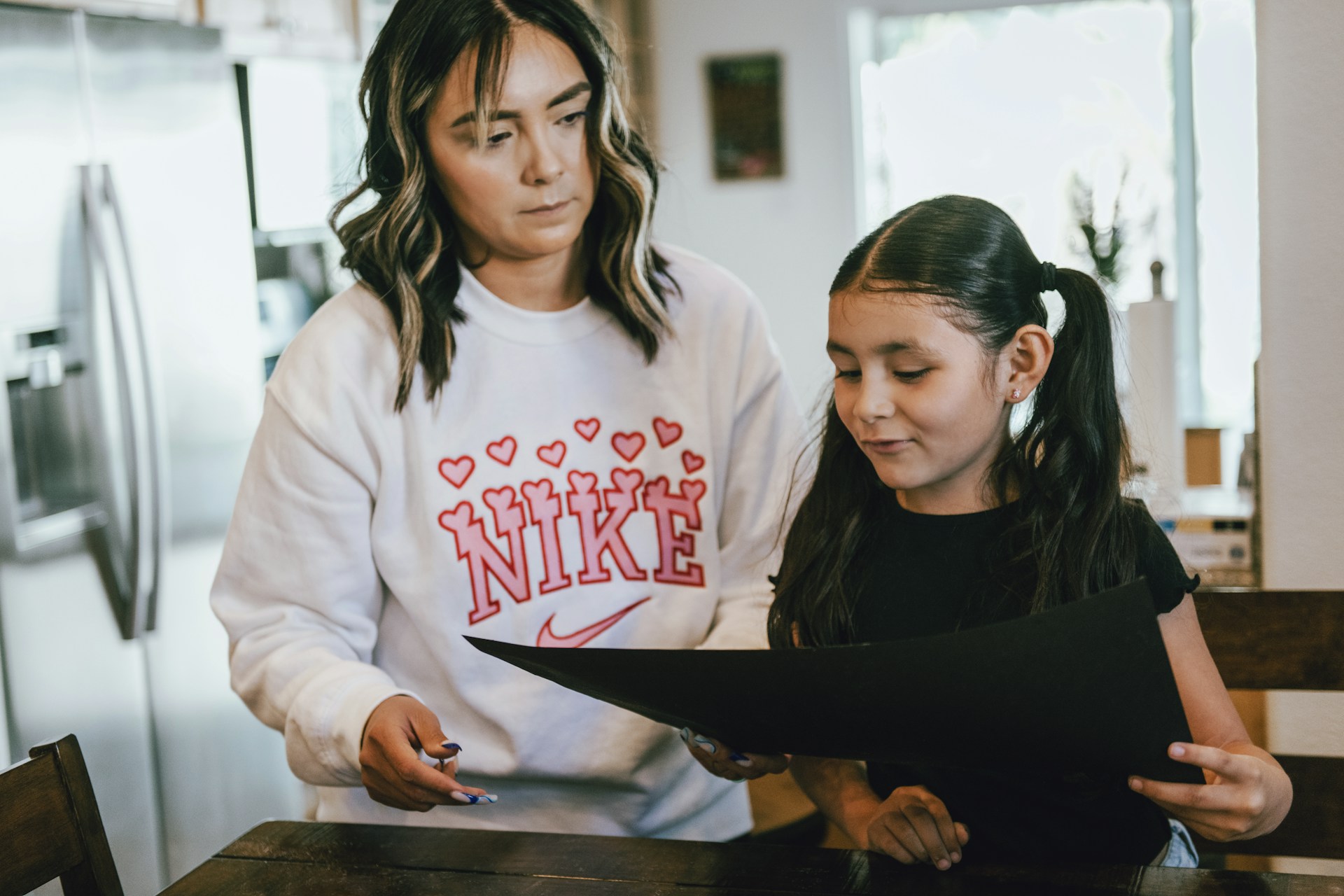As a counselor, I find one of the most common complaints that people bring to my office that of some form of anxiety. In recent years, the collective anxiety of our culture has dramatically increased. The presence of COVID-19 and political discord along with the accelerant of social media has made it so that our minds rarely have respite from a barrage of information.
 Rarely helpful, this information overload has caused many to experience anxiety in one form or another. There exist “clinical” anxieties, such as Generalized Anxiety Disorder, Panic Disorder, various phobias, etc., however, the general experience of anxiety and worry has grown dramatically in recent years. In reading this, you might be experiencing some form of anxiety that is causing you to reach out for help.
Rarely helpful, this information overload has caused many to experience anxiety in one form or another. There exist “clinical” anxieties, such as Generalized Anxiety Disorder, Panic Disorder, various phobias, etc., however, the general experience of anxiety and worry has grown dramatically in recent years. In reading this, you might be experiencing some form of anxiety that is causing you to reach out for help.
Cognitive Behavioral Therapy (CBT for short) is one of the gold standard treatments for anxiety, and as such is often what is thrown around as what one should be looking for in a counselor when looking to work on anxiety. However, it can be a little confusing to understand what this looks like in practice.
In short, CBT looks to help you identify problematic thoughts (cognitions) and behaviors that interplay with your emotions, and then find ways to alter them. Many counselors in America will use CBT practices in their counseling, but don’t necessarily identify as strict cognitive-behavioralists.
Cognitive Behavioral Therapy will be employed in counseling and used to identify areas that can be affected. Traditional talk therapy, talking through current emotions and experiences, is still done. While CBT can sound a little colder than traditional therapy, a good CBT counselor or therapist will still help you to feel safe and help you process your emotions utilizing this framework.
At the core of Cognitive Behavioral Therapy is the CBT Triangle, a helpful tool to tease out what is going on. Imagine a triangle, and at each corner imagine one of these words: Thoughts, Emotions, and Behaviors. It does not matter what corner you put each on as each corner both affects and is affected by the others.
 For someone coming into counseling for anxiety, or almost anything, for that matter, they are coming in to discuss the emotion corner. I like to tell my clients that if I could say “just be happy” and it actually worked, I would either be a millionaire with everyone coming to me or out of the job because everyone would have figured it out by now.
For someone coming into counseling for anxiety, or almost anything, for that matter, they are coming in to discuss the emotion corner. I like to tell my clients that if I could say “just be happy” and it actually worked, I would either be a millionaire with everyone coming to me or out of the job because everyone would have figured it out by now.
Since I am less lucratively, though securely, employed, we must “pull the strings” in other areas to impact emotions. We have a lot more control over our thoughts and our actions.
Imagine an activity you enjoy. For me, it’s golf. When I am golfing (my action), I am usually feeling happy, enjoying time either alone or with friends (emotion). Usually, my thoughts are “in the moment” about what is happening in front of me, not on things outside of golf.
Now let’s say my game starts to fall apart and I can’t make shots. In this space, my thoughts might turn to how bad I am at this game, and I will fall into sadness and frustration. This is an example of my actions affecting both my thoughts and emotions.
Now in another example, let’s say I can’t turn my mind away from a stressor at home. I might start to lose focus and lose that happiness I was experiencing, again leading to poor shots and perhaps actions of frustration.
I use the previous example to highlight how we can map out the Cognitive Behavioral Triangle in almost any situation and highlight how our thoughts, actions, and emotions all interact with each other. CBT therapy seeks to map out what is happening in the moments when you experience anxiety and see if we can alter what is happening.
 As for thoughts, a distinction I like to make is around automatic and conscious thoughts. So often, we fall into automatic thinking that is negative and unhelpful. What we must learn, then, is to override those automatic thoughts into something more positive. This feels clunky and almost “fake” at first, however, the more we do it the more we gain positive moods.
As for thoughts, a distinction I like to make is around automatic and conscious thoughts. So often, we fall into automatic thinking that is negative and unhelpful. What we must learn, then, is to override those automatic thoughts into something more positive. This feels clunky and almost “fake” at first, however, the more we do it the more we gain positive moods.
Further, I like to keep the paradigm we consider here as helpful/unhelpful rather than true/untrue. Quite often we have true thoughts that are unhelpful, so let’s look at how we might overwrite one of these thoughts.
At first glance, the thought “I have no money” might be true and feel stressful and overwhelming (and believe me it is). For many, this thought is not helpful. Perhaps this thought leads to fear of the future, which then leads to a sort of paralysis wherein you stop functioning and the problem of having no money grows exponentially.
It seems counterintuitive that the thought of having no money leads us to stop working, but this is something we see often. This is an area where I can’t convince you that it’s not true. This thought might contain no falsehoods. However, when you have this automatic thought, we might work toward shifting your focus to something more productive.
Rather than dwelling on the thought of having no money, perhaps we can have you identify and name resources, skills, and strengths that you do have that you have control over. Focusing on where you have control can be much more helpful than focusing on the problem itself. Imagine you’re in a car and there’s a large obstruction in the road.
To move around an obstacle, you’re much more likely to have success if you turn your attention to where you need to go for safety rather than focusing on the danger in front of you. Looking at the object would likely cause you to drive right  into it, rather than looking at the way around on either side. In the same way, we can choose to turn our attention to solutions rather than problems.
into it, rather than looking at the way around on either side. In the same way, we can choose to turn our attention to solutions rather than problems.
Cognitive Behavioral Therapy sometimes also focuses on targeted actions to relieve anxiety. If social anxiety is what you struggle with, we might choose specific social interactions you can place yourself in so that you can assess and push yourself.
We won’t just throw you in, though. We will focus on specific self-calming behaviors you can use when you feel your anxiety spike. These include breathing techniques, visualizations, and other sorts of grounding and mindfulness exercises. In working to gain control over your thoughts and actions, peace, calmness, and happiness can follow.
In conclusion, I would like to briefly discuss how medication can impact cognitive behavioral therapy. For many, the anxiety is largely impacted by biological processes, and as such these tools need medical assistance. Imagine a large twenty-foot wall in front of you that you need to scale.
This is your anxiety. Medication can be like having a ladder that’s eighteen feet tall. You’ll never get over the wall without it, but you also must do some of the work yourself to pull yourself up and over.
Starting on a journey to work on your mental health is often a daunting struggle. You may have had someone flippantly suggest Cognitive Behavioral Therapy without providing a framework for what it looks like, so hopefully, you now have some basic ideas of the fundamentals of Cognitive Behavioral Therapy.
CBT can be an efficient route towards achieving mental health, and many feel improvement in just a few sessions. Please don’t hesitate to reach out to a counselor to focus on how you can begin working towards peace and happiness in your own life.
“Rubbish in the Brain”, Courtesy of SHVETS Production, Pexels.com, CC0 License; “Unfocused Lights”, Courtesy of Thijs van der Weide, Pexels.com, CC0 License; “Golfer”, Courtesy of cottonbro, Pexels.com, CC0 License; “Capsule”, Courtesy of Artem Podrez, Pexels.com, CC0 License





